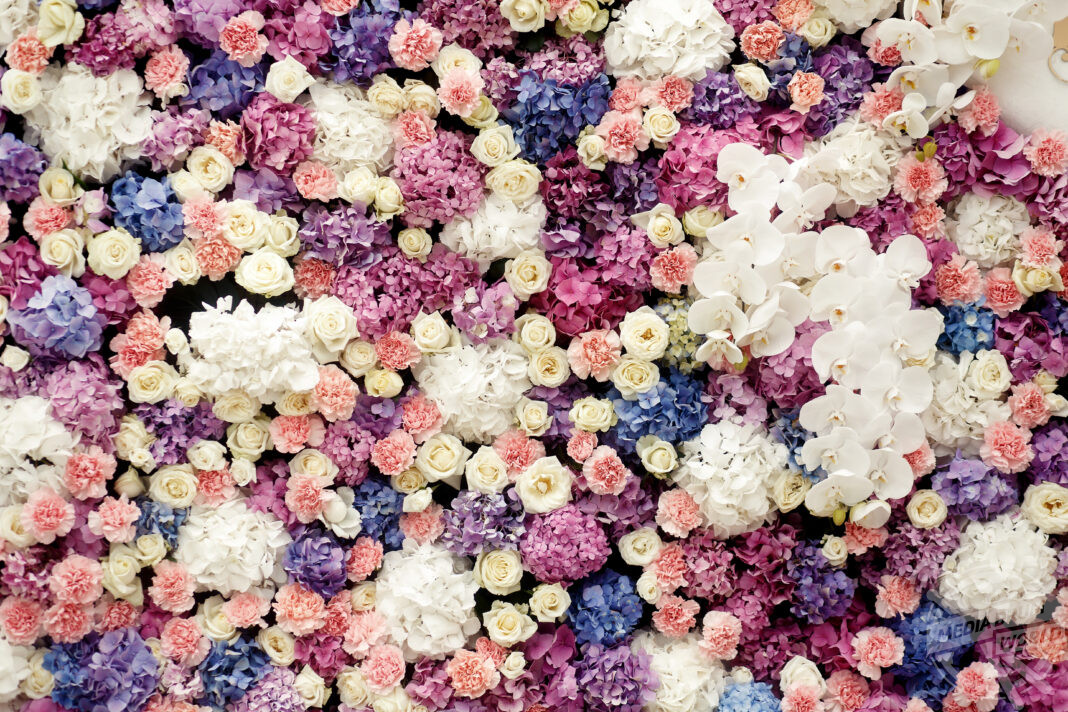The use of flowers for special occasions or to portray a specific meaning dates back to prehistoric times when they were used on a grave or buried with the deceased. Flowers also held a deep significance for the ancient Greeks, Romans, Chinese, and Egyptians. This convention continued to the middle ages but has largely fallen into disuse in the modern world – although we send them, we no longer pay attention to their special meanings and which flowers are most appropriate for specific events. This list will help you send suitable flowers for different events.
Some Historical Uses Of Flowers
The Hawaiian Maile lei was used to denote a peace agreement that was reached by chiefs of different tribes. It is used in traditional wedding ceremonies and worn by both bride and groom. Lei are given to visitors as a welcome. This tradition started with Polynesian sea travelers who took a journey from Tahiti to Hawaii. Lei are made from flowers, leaves, seeds, nuts, shells, feathers, and the teeth and bones of animals.
Early christians believed that the very first carnation sprang from Mary’s tears when she wept at Jesus’ crucifixion. Ancient Romans and Greeks included carnations in their artworks and to decorate their homes and special places.
The chrysanthemum arrived in Japan in AD 400. Buddhist monks were responsible for bringing it with them. Japanese emperors were so impressed with the flower that they placed it on their thrones and added it to their imperial crest.
Special Events
Every special event has a bouquet that is representative of that occasion. Bridal bouquets may include peonies that signify wealth, a happy union, and good fortune. As well as being a symbol of purity, white roses express loyalty and youthful love. Gardenias are another flower indicating chastity as well as joy. Calla lilies signify faithfulness, amaryllis is for beauty and determination, and hydrangeas express grace and perseverance. Sadly, today we seldom see this function of flowers to bestow good wishes and they are more often based on the wedding color scheme.
Funeral bouquets often contain white lilies which represent the rebirth of the soul. Orchids are for displaying sympathy or eternal love and pink carnations are for remembrance. Crimson roses are added to show sorrow and grief.
Red roses are usually given for Valentine’s Day whereas many other blooms indicate love in its multiple expressions. White roses have already been mentioned for their connection to young love. Coral roses are chosen for passion. Purple primroses say, ‘I cannot live without you’. You might select pink roses for admiration and innocent feelings of love. When you want to emphasize that a relationship is platonic, yellow roses are called for.
Anniversaries
There are flowers devoted to each wedding anniversary. For the first-year milestone, get orange blossoms or pansies. You could select a pot plant instead of a bouquet. Combine this with a paper gift, such as a journal or diary that is personal. Pair cosmos with a cotton gift for the second year. Fuchsia suggests trust and should be matched with something made of leather for the third anniversary. Linen or silk with geraniums is given for the fourth year and wood with daisies for the fifth.
For birthdays, give careful thought to your relationship with the person and what message you want to convey. There are many different sources online that provide the meanings that flowers convey.
Saying it with a bouquet is so much more special when you know what a flower symbolizes.









